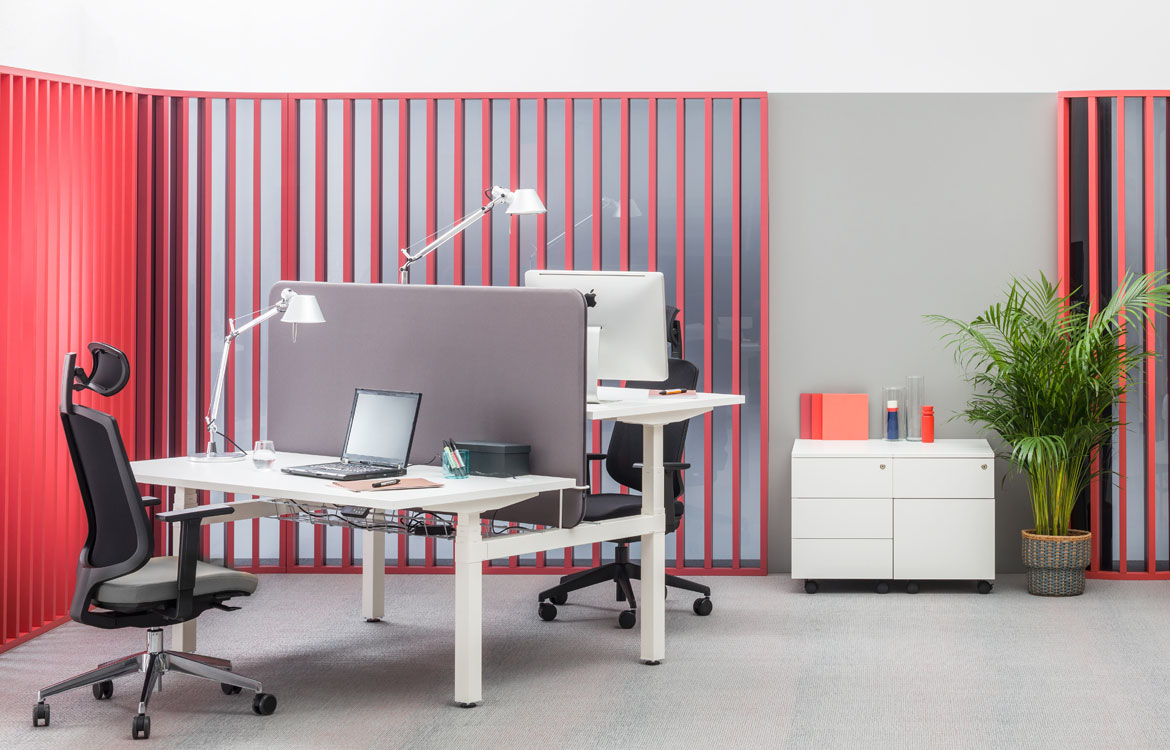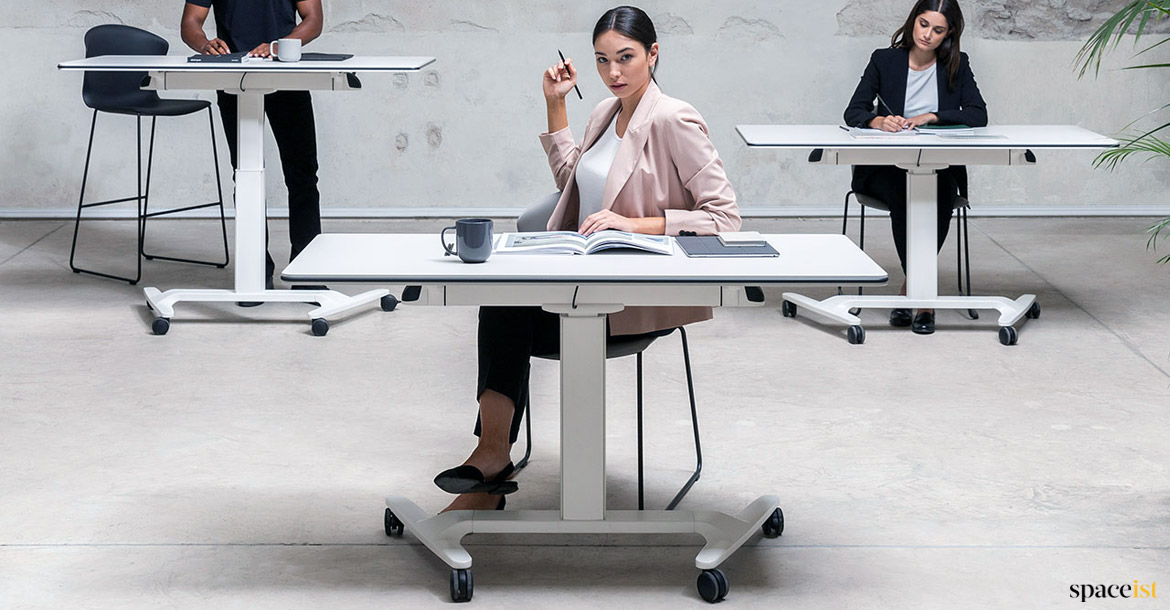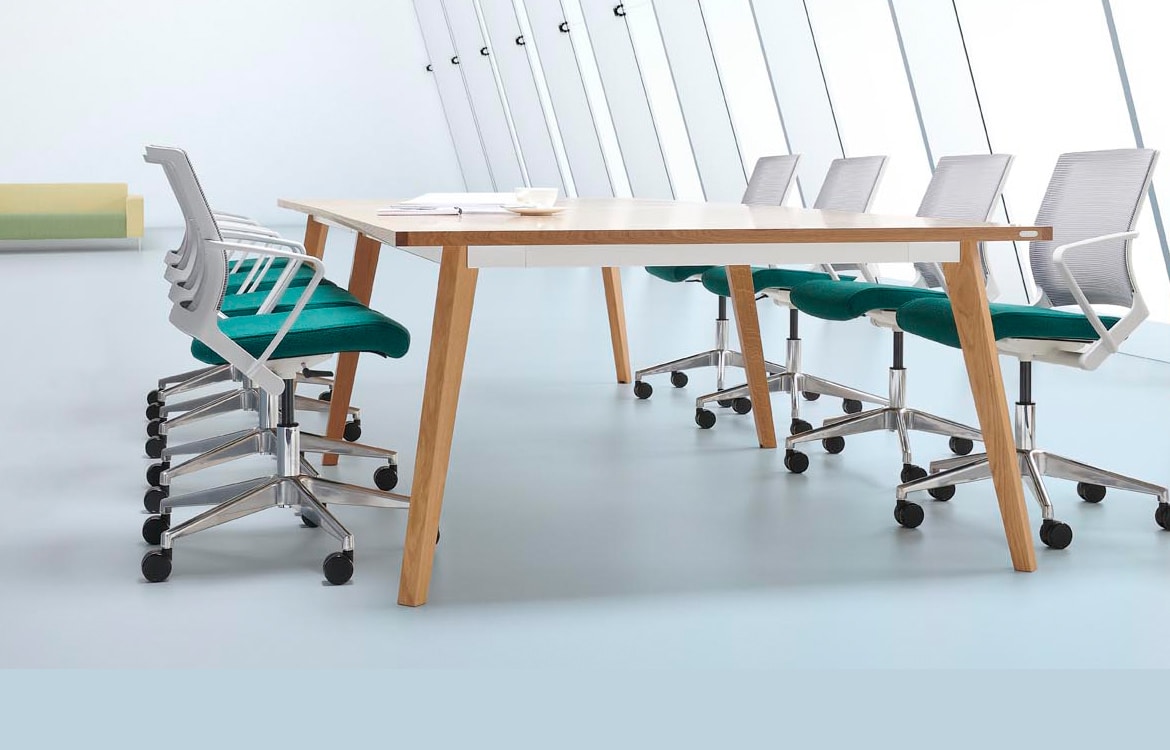The standing desk allows you to work in a standing position instead of sitting down. These desks can also feature adjustable mechanisms that allow users to easily switch between sitting and standing, depending on personal preference.
- Supplier of commercial, modern furniture for workplace, education, leisure & public spaces
- 020 8840 6298
- [email protected]
Benefits of Standing Desks: Why You Should Make The Switch.

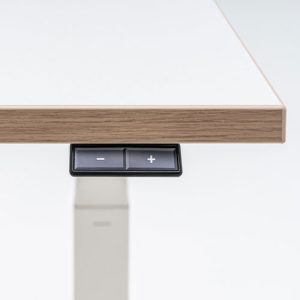
Standing desks and workplace ergonomics
As ergonomics become increasingly important in the workplace, alternatives like standing desks are being proposed as solutions to the health problems that can arise from spending the entire day in a chair.
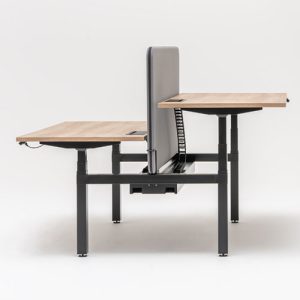
Are standing desks good for you?
It’s widely accepted that a sedentary lifestyle isn’t great for health and that standing and moving around use less energy than sitting down. When people drive to work, sit down all day and then drive home to sit in front of a screen all evening, health is at risk.
For those with office jobs, there isn’t always a great deal of choice about moving around. So something as simple as swapping out sitting time with standing time, by means of a standing desk, can make a big difference.
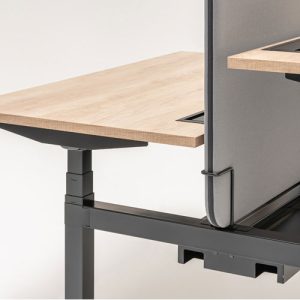
Benefits of Standing Desks
So how are standing desks good for you? Well, they may help to improve posture, reduce the risk of back pain and even increase workplace productivity! Let’s look at some of the benefits in more detail.
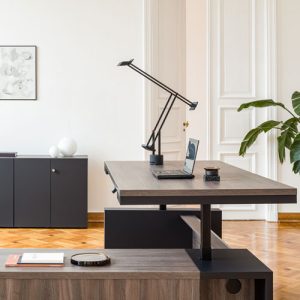
Improved Posture
It’s easy to develop bad posture when you are seated all day. Apart from the dangers of slouching, habits like crossing your legs and leaning can cause problems. Combine this with a badly-aligned workstation or incorrectly-adjusted chair and posture-related problems are a given.
A properly set-up standing desk can reduce the spinal compression associated with sitting and help to engage the core muscles that keep you aligned.
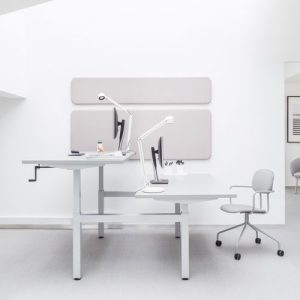
Increased Energy and Focus
Poor posture or back pain can have a serious impact on your health and productivity. Correcting this and enjoying the benefits of standing can help with concentration, focus and even bring an increase in energy as everyday tasks don’t feel quite so difficult.
When the dreaded, ‘midafternoon slump’ hits, a period of standing work at your desk can help to re-energise you. It’s not easy to doze on your feet.
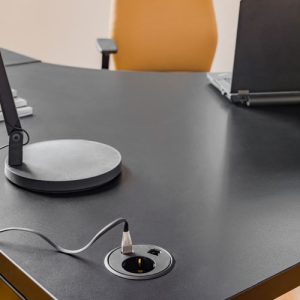
Reduced Risk of Obesity
Standing uses more calories than sitting – fact. It’s not a huge amount, but if you add it up over the course of a work week, the difference can start to add up.
Plus, when you’re standing, you’re putting more effort into using the body, activating extra muscles and will likely be generally moving more overall.
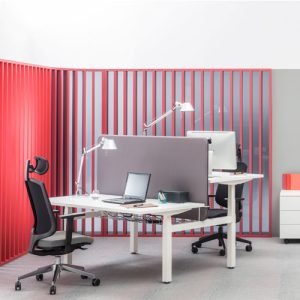
Lowered Risk of Chronic Diseases
Research shows that reducing sedentary time can improve overall health for people, both by reducing the amount of time spent sitting down (and thus reducing the negative consequences for health) and also by showing that people who are generally more active don’t seem to have such risks from bad health when they do sit down.
For example, a study of obese Americans showed that standing, walking and slow cycling throughout the day could help to bring blood sugars down – the key is to break up long periods of sitting down which can help reduce chronic illness and inflammation.
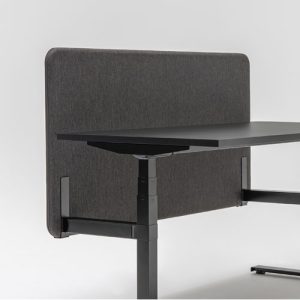
Increased Productivity
A UK study of NHS workers showed that by moving from sitting to standing work for as little as half an hour per day, productivity was increased. The study suggested that tiredness was reduced and engagement increased as this increased.
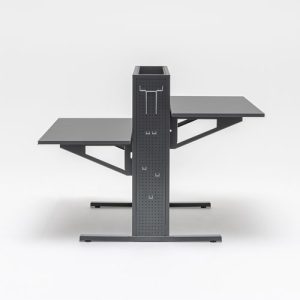
Reduced Risk of Back Pain
Standing, rather than sitting or slouching, may help to reduce back and shoulder pain. Again this comes down to bad posture and lack of movement, something that it’s easier to avoid at a standing desk than a sitting one.
Taking a movement break at frequent intervals helps to avoid musculoskeletal issues like back pain and you’re more likely to do this when you’re already standing up at your white office desk.
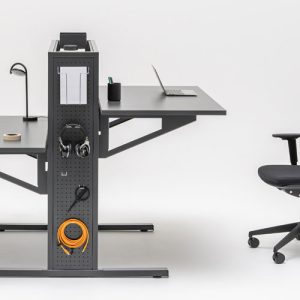
Improved Mood
Sit-stand desks have been shown to improve mood, specifically by reducing the discomfort felt by some people from sitting at a desk all day. In addition, the benefits of overall well being and increased productivity and engagement could be enough to improve anyone’s mood!

Standing Desk v Sitting Desk
So are standing desks good for you? Well, we’ve seen that they may help to improve back and other muscle pain, reduce the well-known health risks associated with too much sitting and improve workplace engagement. But it’s equally well-known that standing in one place for long periods of time isn’t beneficial to health either. The greatest benefits are seen when people who usually sit still for an entire day start to stand and move around more.
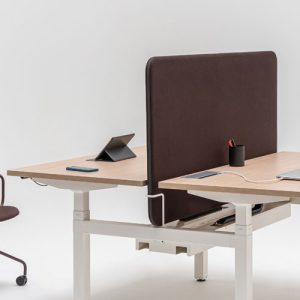
Experts suggest a balance of sitting and standing time which can vary from 30 minutes every hour to up to two hours per day. And everyone will have their own individual comfort level. Let’s look at the pros and cons of both types of desk.
Seated desks:
- Are more accessible, (don’t assume that all employees can stand for long periods).
- Can be improved with the help of an ergonomic task chair.
- Can be better for longer periods of detailed work.
Standing desks:
- Improve balance and posture
- Encourage movement and more regular breaks.
- Help reduce the risks associated with long periods of sitting.
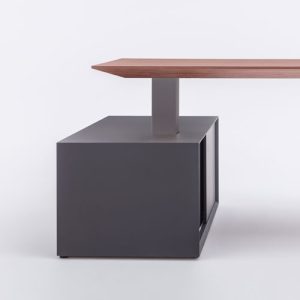
How to Make the Switch to Standing Desk
To make the switch to a standing desk, take it slowly at first. Alternate between sitting and standing for short periods. For example, try taking phone calls or short meetings while standing. You will need to allow a period of time for your muscles to adjust to a new position.
Sit-stand desks are the ideal solution, allowing the best of both worlds. A well set-up standing desk with height-adjustable chair or stool will allow you to seamlessly switch between seated and standing working positions.
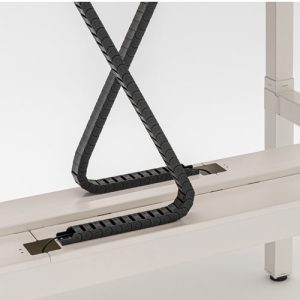
Make sure your new standing desk is correctly set up to ensure proper ergonomics. Most experts will recommend:
- A neutral body position
- The hands, wrists and forearms are straight. Elbows at 90 degrees.
- The head is forward facing and level.
- Keep a neutral body position when both sitting and standing:
- Spine is straight, no twisting.
- Monitor is at eye-level or slightly below.
You may also wish to try an anti-fatigue mat if you’re new to standing at work.
Ask an expert commercial desk supplier like Spaceist for more advice on the best standing desks to buy. Click here for ideas – standing desks >


